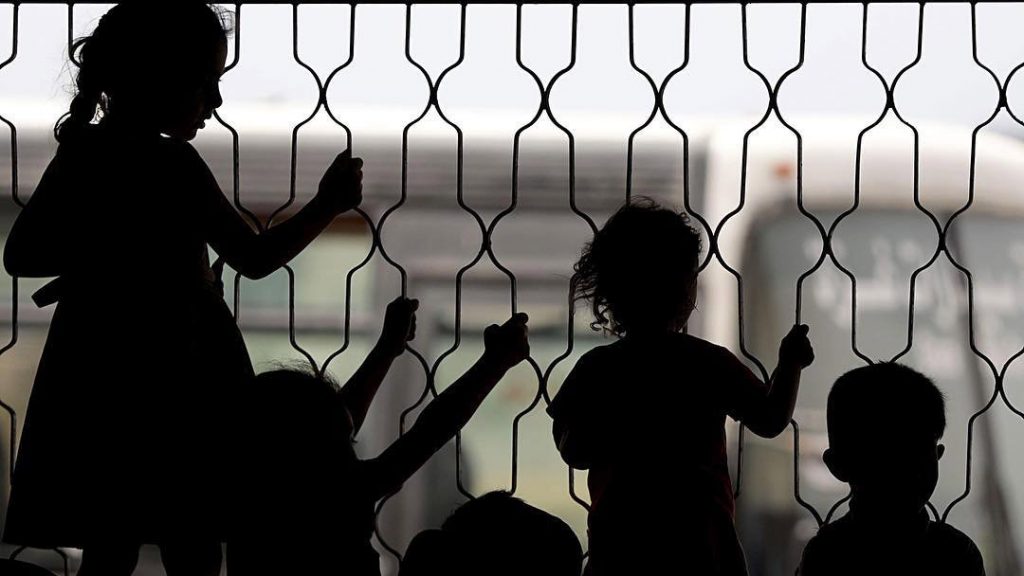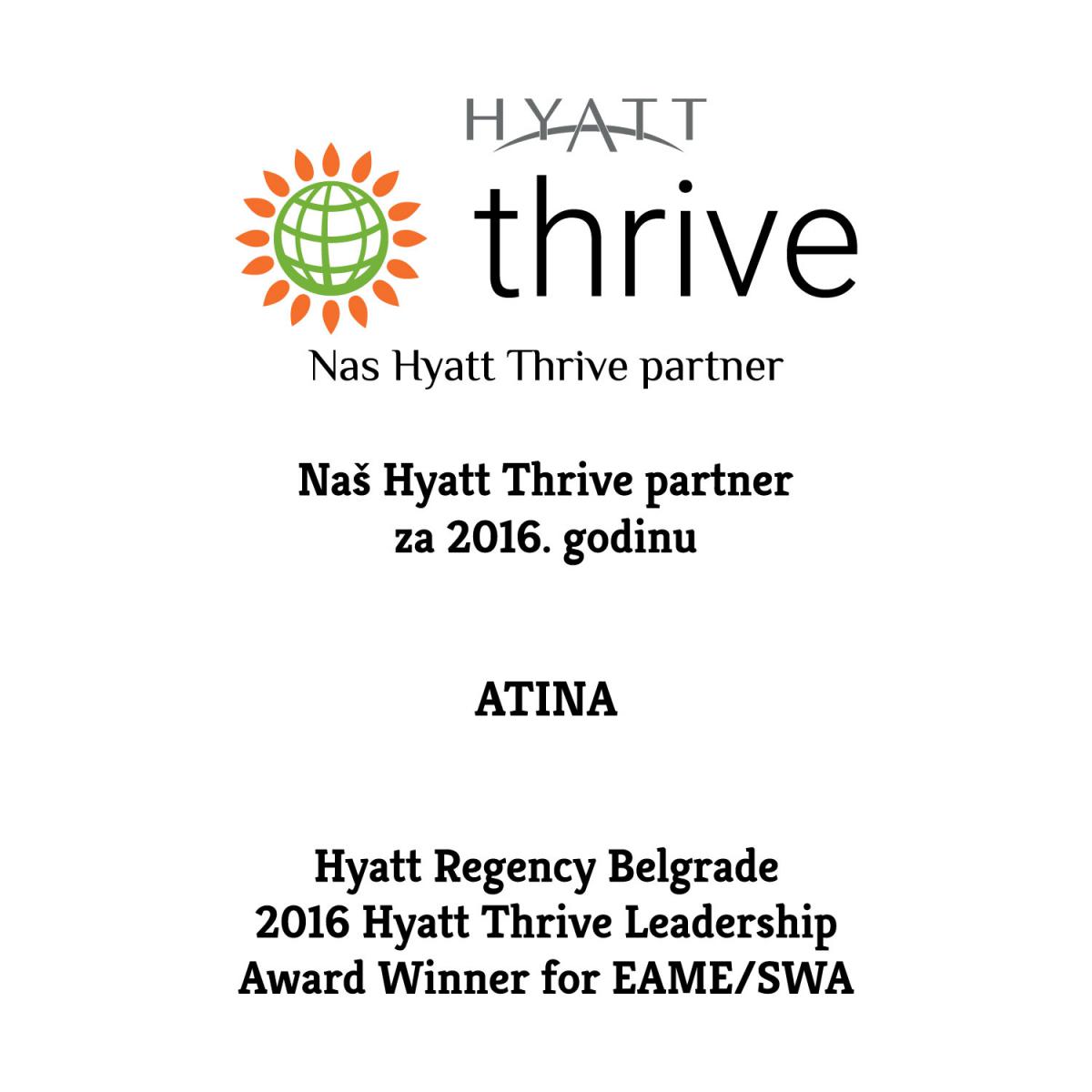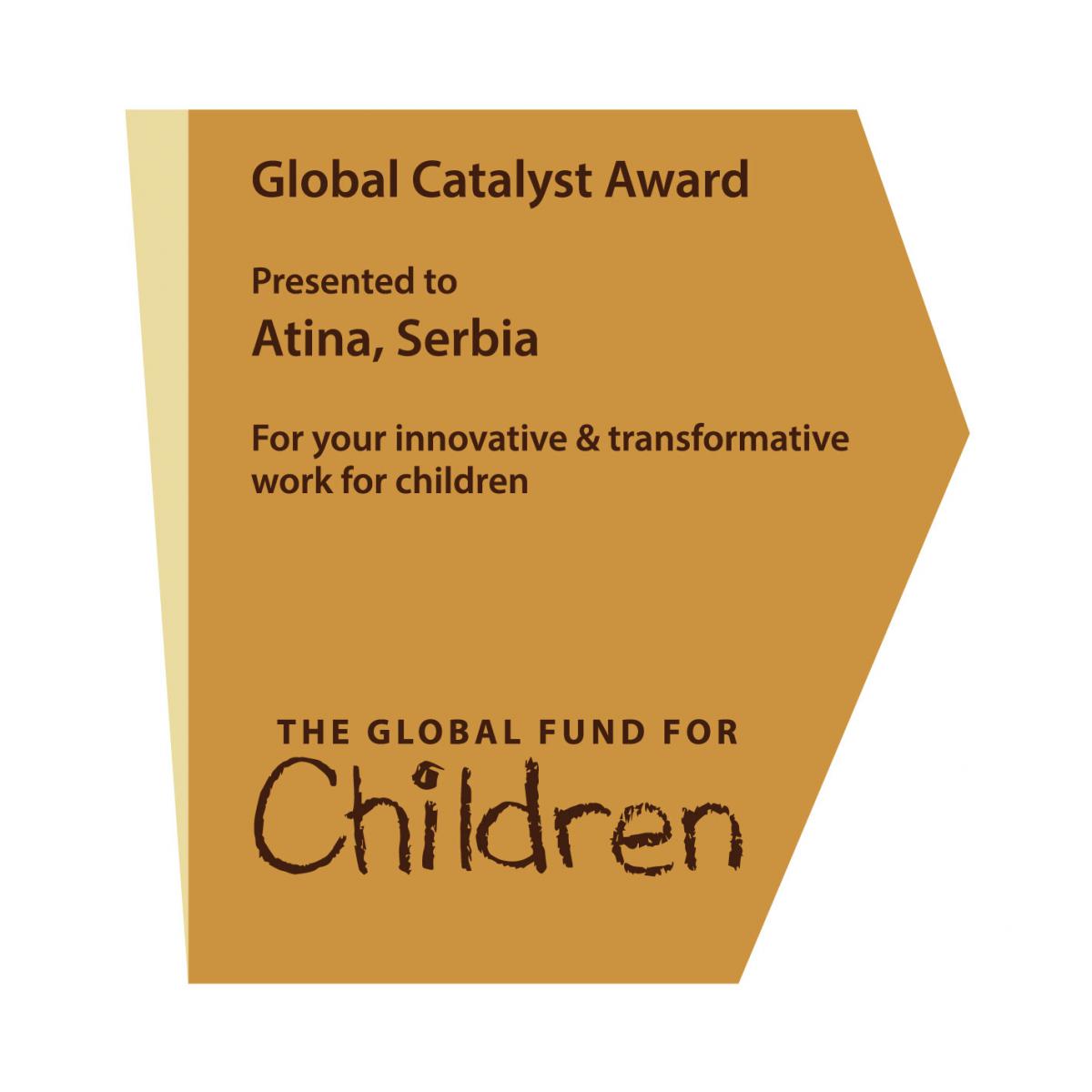Hotline: +381 61 63 84 071
3 reasons why “girls on the move” are not the same as boys

Photo: EPA-EFE / Mohammed Saber
3 reasons why “Girls on the move” are not the same as boys
Girls on the move are often not considered separetly in migration policy and programs. Often, they are just lumped together with “unaccompanied minors” or “children migrants”. However, this lack of gender analysis hides the unique situation and experiences of girls migrating, and usually renders their specific problems and needs invisible. Girls on the move are not the same as boys, for three specific reasons:
1# Unlike boys, girls often migrate due to gender-based violence and discrimination in their countries of origin
We know that there are many common push factors that lead people to migrate. Poverty, violence and insecurity affect both women and men, as well as adults and children. But boys do not usually have to worry as much about being forced into marriage or denied education.
Girls on the move, on the other hand, often consider migrating precisely because they are girls. Their vulnerability is also the result of other factors, such as poverty or belonging to a specific ethnic group, but they are more vulnerable because they are girls. For instance, consider the case of a girl from a poor family in Afghanistan, whose only choices are either to migrate or to be forced into marriage in order to make ends meet. That was the story of Saba, a 21-year-old Afghan young woman whose testimony was featured in the Girls on the Move Balkan report. She said “When my sister and I found out that father wanted us all to go, we rebelled, however, the only option for us to stay was to get married. We couldn’t agree to that, so we decided to leave Afghanistan with the rest of the family.”
Or we can also think about girls from countries that struggle with gang violence and organized crime. A girl beloging to a marginalized group, such as an indigenous girl, might be more at risk of trafficking for labor or sexual exploitation.
Girls might also be incentivized to migrate to flee intimate partner violence, either against themselves or against other female family members. Like Jessica, a 9-year-old Honduran girl, explained in the Girls on the Move report focused on Mexico and Central America: “We came from my country because my dad was very violent with my mom. He would beat her up, threaten her, he would also beat me up. So we came from my country, my mom decided to never go back to my country because my dad told her that if she ever came back he was going to kill her.”
But girls face discrimination in other spheres of life as well. Girls who want to pursue higher education or break the cycle of poverty in their families might think that migrating to different countries, where opportunities are more available and there is not as much discrimination, is the ideal solution for them and their families.
2# Girls are more at risk of exploitation, trafficking and abuse before, during and after the journey
We know that women migrants are more at risk of multiple forms of violence during their migration journeys, and the same applies to children. So a female child or a young woman are particularly vulnerable.
Many girls are sexually exploited in order to cross borders. That was the case of Hope, an 18-year-old young woman from Zambia, featured in the Girls on the Move in Southern Africa report. According to Hope, “I came here … I do not have any transport to come to South Africa. I make a friend to the bus people and the bus driver …if he sleeps with me so that he can bring me to South Africa…I was hoping to find a job but I couldn’t find … then you got to sleep with the men …”
Smugglers can also be predatory of girls, as well as other migrants following the same route. Nilab, a 14-year-old girl from Afghanistan, explained how men who were accompanying her in her migration journey warned her to be cautious: “I had a good relationship with everyone, with those families, only the men from those families were saying: don’t be too open to other men, don’t talk to them, don’t make any contact with them, because you’re an adult little girl for our criteria, to make sure nothing happens.” Girls who travel alone without family members, in particular, are more at risk of being exploited by other migrants, who might make demands in order to accompany them and let them be part of larger groups.
In Central and South America, girls are also at risk of being kidnapped or sold to traffickers during their journey. As Adriana, a 17-year-old Honduran, remebered: “The moment where I felt most fear was at the dining room when those guys asked my friend’s husband to sell us. They would have kidnapped us and who knows what would have happened to us. I felt really scared.” Being raped in a constant fear for girls, and many are forced to take contraceptives to avoid becoming pregnant, even if they are not sexually active of their own volition.
Another common perpetrator of violence during girls’ migration journeys are authorities themselves, usually police officers or border guards. Whether the girls face them in Europe, Africa or the Americas, they are always at risk of being abused, even by those who are supposed to protect them.
3# Girls are easier to “fall under the radar” and are not usually the focus of research or policies
Our final reason why girls on the move are not the same as boys is because, unlike boys, we never really hear about them. Girls can become invisible when they are just considered daughters or wives, their specific needs and concerns ignored. Often, girls hide – knowing that they are in a situation of vulnerability, many girls avoid official migration reception centers and try to arrange alternative accomodation and routes.
Girls on the move are very diverse, and that diversity is reflected on their experiences and goals. While some would never be allowed to travel by themselves, other risk long journeys as unaccompanied minors; some migrate very young, while others are already mothers and wives; and for many the journey itself might completely change their lives as a result of trauma, becoming pregnant, or due to strong bonds created with other girls and community networks that can support them.
Perhaps because of this diversity, research and policies focused on girls on the move are still uncommon – but considering the growing number of these girls each year, we need to start paying attention to their stories and educating support workers and policy-makers.
Organizations Atina and Save the Children have been working for years to improve the position of "girls on the move", in particular by providing direct assistance and support tailored to their needs. As part of the "Pippi of Today" project, extensive activities are being carried out to comprehensively support these girls to exercise their rights, as well as advocacy activities aimed at improving their position. The project is supported by the Swedish Save the Children and relies on ideas proclaimed by the most famous literary figure of the Swedish writer Astrid Lindgren - Pippi Longstocking.












 FACEBOOK
FACEBOOK TWITTER
TWITTER YOUTUBE
YOUTUBE